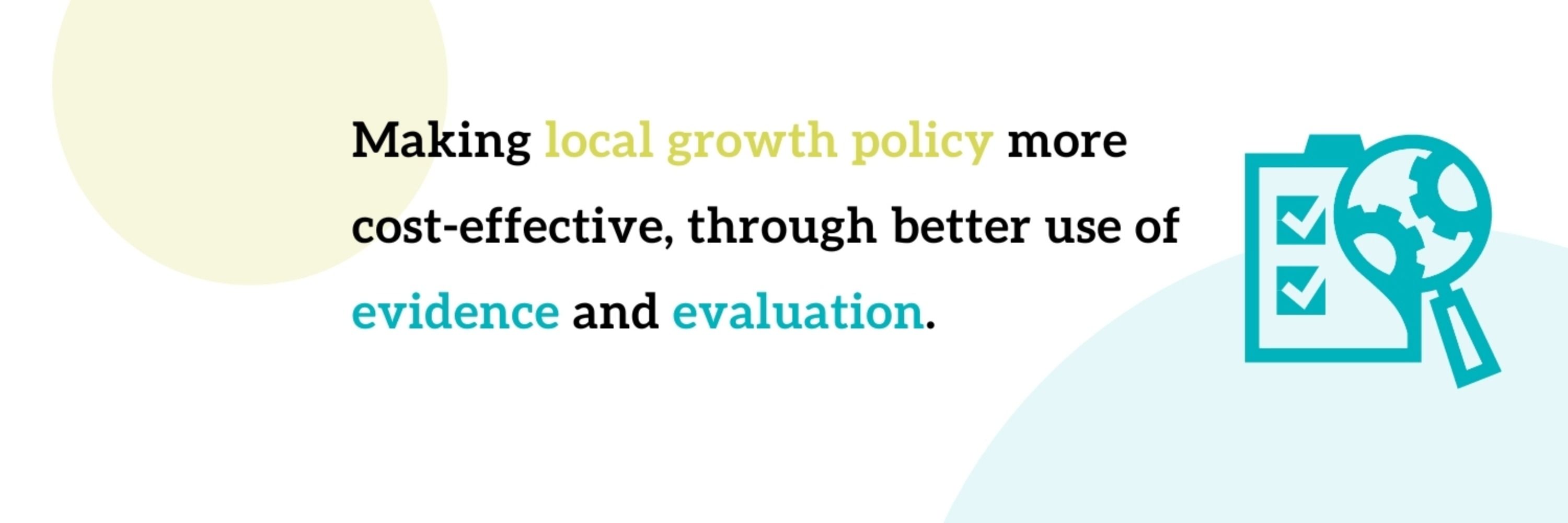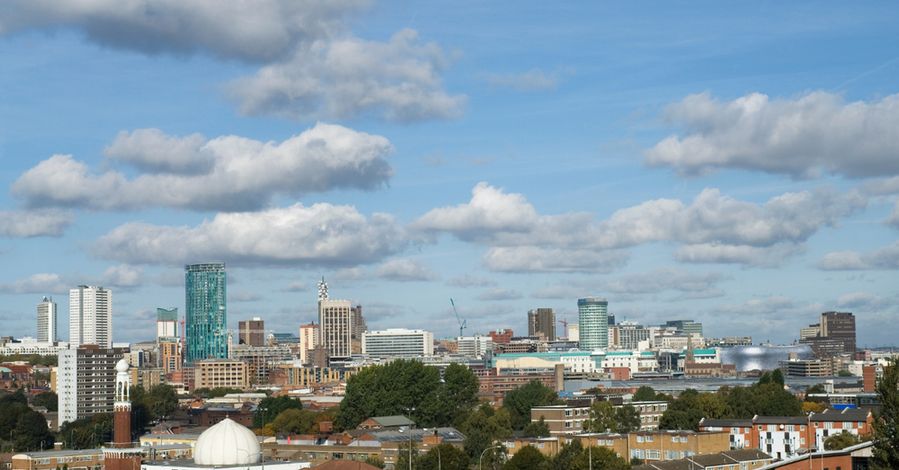What Works Growth
@whatworksgrowth.bsky.social
1.4K followers
7 following
89 posts
The What Works Centre for Local Economic Growth provides evidence on #WhatWorks to drive local economic growth.
Partners: @cep-lse.bsky.social, @centreforcities.bsky.social
Posts
Media
Videos
Starter Packs









